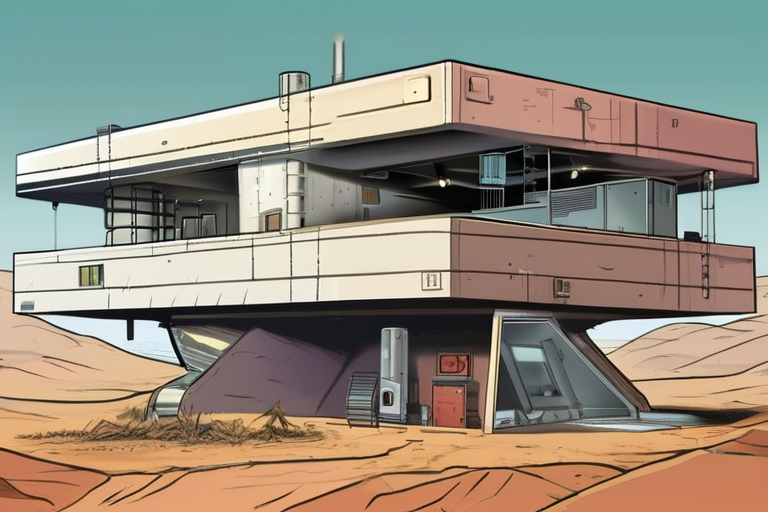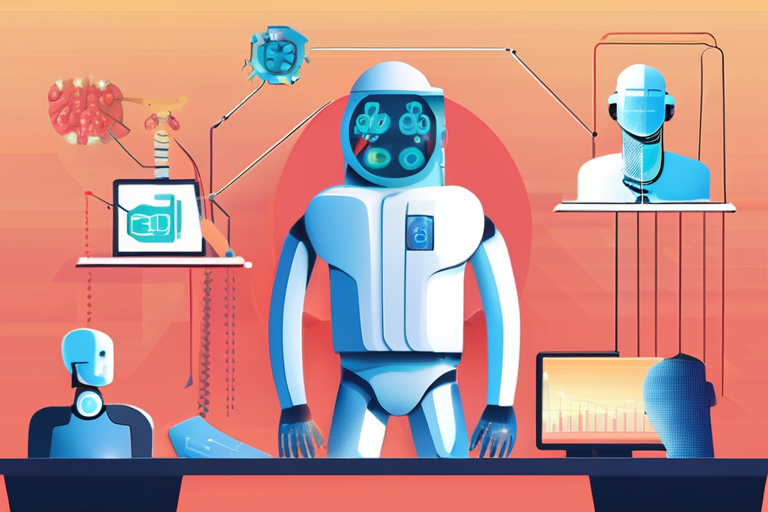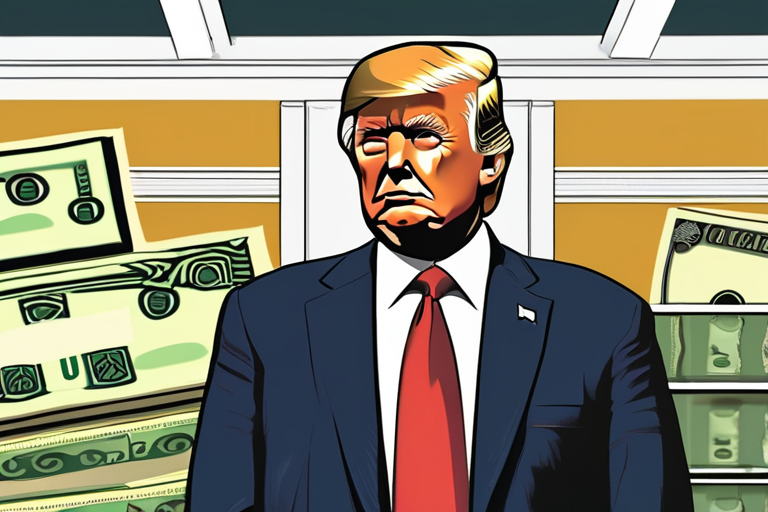Tech Billionaires' Secret Bunkers: A Glimpse into Their Apocalyptic Plans


Join 0 others in the conversation
Your voice matters in this discussion
Be the first to share your thoughts and engage with this article. Your perspective matters!
Discover articles from our community
 Hoppi
Hoppi

 Hoppi
Hoppi

 Hoppi
Hoppi

 Hoppi
Hoppi

 Hoppi
Hoppi

 Hoppi
Hoppi
Breaking News: Nato Jets Scrambled as Russian Drones Threaten Polish Airspace in Ukraine Assault Nato has scrambled fighter jets to …

Hoppi

Breaking News: AI Tool Predicts Risk of Over 1,000 Diseases Researchers have developed an artificial intelligence tool that can calculate …

Hoppi

NASA's Dragonfly Mission to Titan: Cost Overruns and Delays Raise Questions About Space Exploration Priorities The NASA Inspector General has …

Hoppi

The Cash Payment: A Scandal That Raises Questions About Trump's Deportation Czar Tom Homan, the former acting director of U.S. …

Hoppi

BREAKING NEWS Graphic Videos of Charlie Kirk Shooting Flood Online, Ignoring Viewer Opt-Outs September 18, 2025 - 5:00 AM ET …

Hoppi

BREAKING NEWS Steel Guitar Player Robby Turner, Known as 'Man of Steel,' Dies at 63 Robby Turner, the accomplished steel …

Hoppi